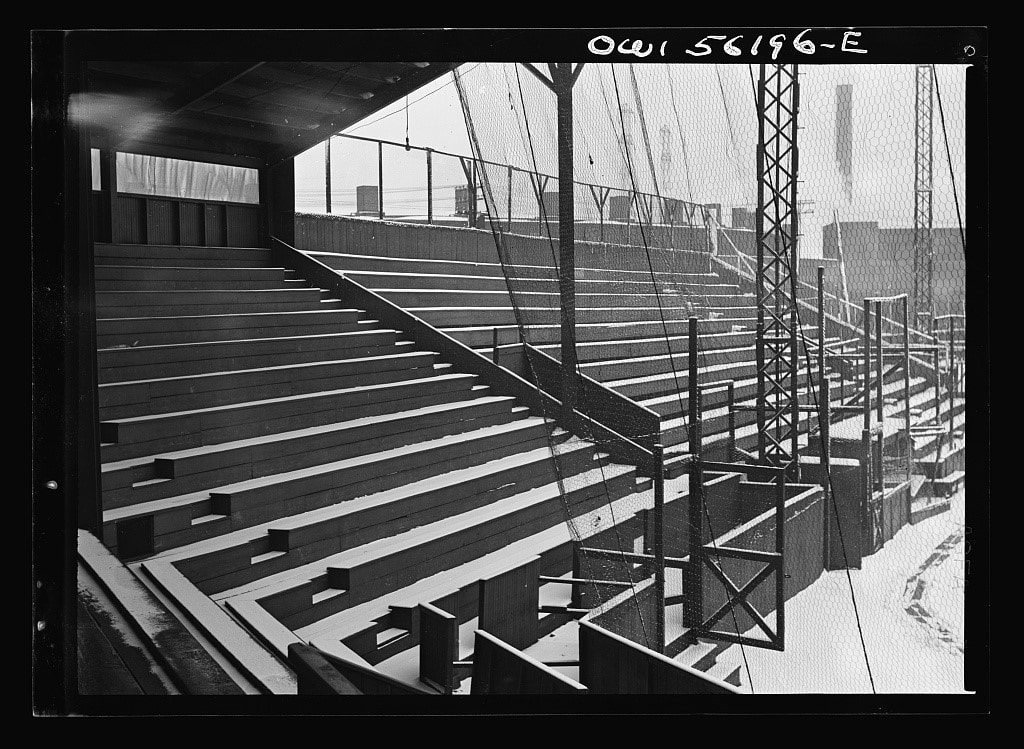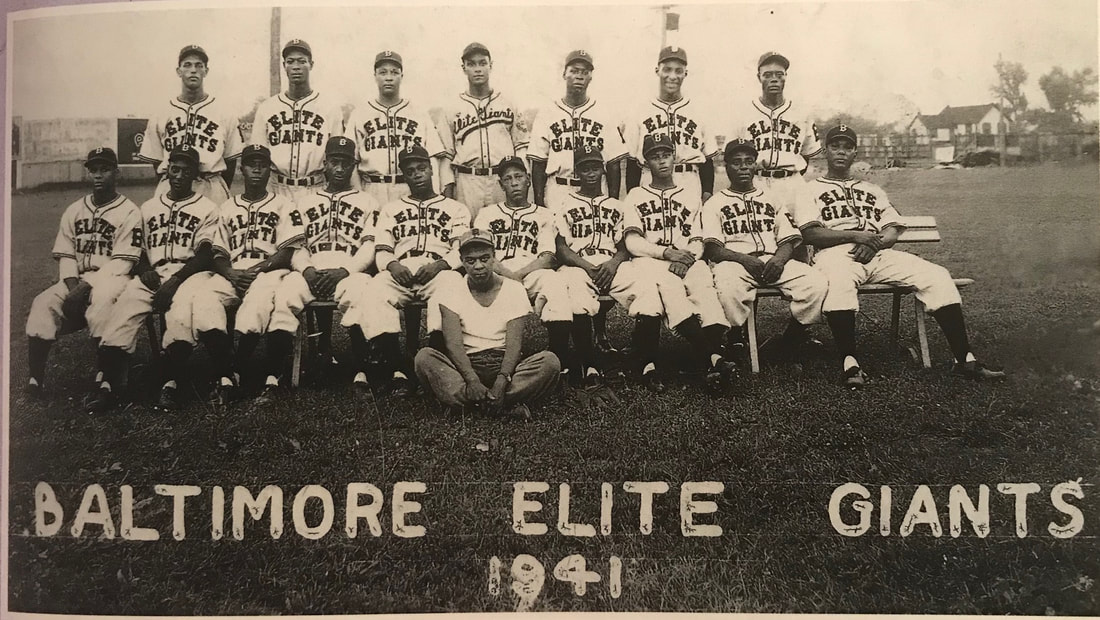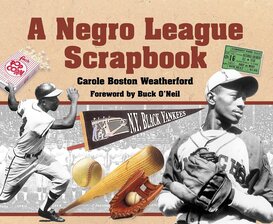 In the foreword to A Negro League Scrapbook, Buck O’Neil, former player/manager for the Kansas City Monarchs and the first black major league coach, says “Segregation was the only reason the Negro Leagues existed. Negro League baseball was outstanding.” The players—most of whom never donned major league uniforms—were equal to, and sometimes better than, their white counterparts. Negro League and Major League players faced off in numerous exhibition games. Negro League teams usually won those contests, O’Neil explains, because the African-American players had something to prove. From 1919 to 1963, Negro League teams crisscrossed the country, thrilling fans with crafty pitches, frequent bunts, hit-and-run plays, and stolen bases—all without big salaries or a level playing field.
Jackie Robinson, who began his career with the all-black Kansas City Monarchs, took the Negro League’s fast-paced brand of play with him to the Brooklyn Dodgers, stealing home during the 1955 World Series. Robinson broke Major League Baseball’s color barrier in 1947—a milestone that O’Neil considers the first pitch of the Civil Rights Movement. Since 1971, more than twenty Negro League players have been inducted—some posthumously—into the Major League Baseball Hall of Fame in Cooperstown, New York.
0 Comments
Leave a Reply. |
Traffic for our summer Minutes are ticking up.. |







 RSS Feed
RSS Feed
